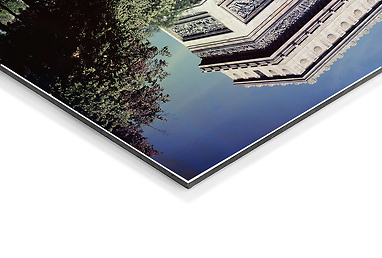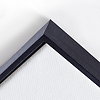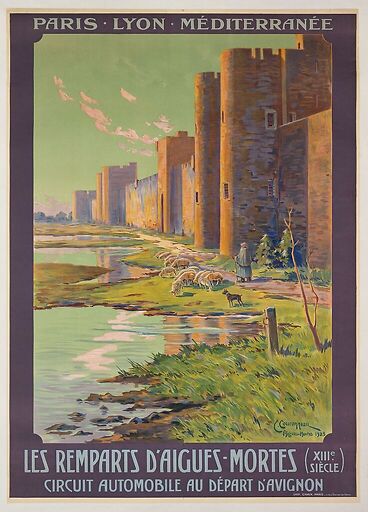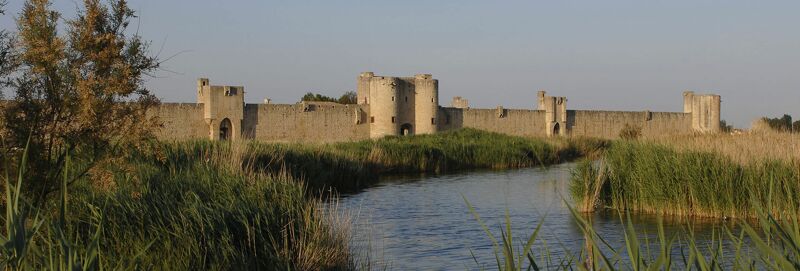Les Remparts d'Aigues-Mortes (XIIIe siècle). Circuit automobile au départ d'Avignon (acrylic panels)
Print type
Acrylic PanelsAcrylic Panels
The reproduction is printed on FineArt Satin Paper and then encapsulated between a 3mm Dibond backing and a 2mm acrylic layer. This product offers a greater sense of depth and volume due to 'encapsulation'. FineArt Giclée digital printing is commonly used for the reproduction of works of art. It offers a very high durability thanks to the use of materials and inks based on natural pigments highly resistant to light and museum conservation.
Eco-responsible and recyclable
Product ready to hang, supplied with a wall hanging system Enhancement of colors, contrast and details of the work
Optimal print quality and glossy finishes
Easy to clean


About the Artwork
Les Remparts d'Aigues-Mortes (XIIIe siècle). Circuit automobile au départ d'Avignon
1923 - 1er quart du 20e siècle - Troisième République (1870-1940) lithographie - papier Original work by: Couronneau, Ernest (18..-19..) Couronneau, Ernest (18..-19..) - Les Remparts d'Aigues-Mortes (XIIIe siècle). Circuit automobile au départ d'Avignon - © Reproduction Benjamin Gavaudo - CMN

 Français
Français  English
English 







